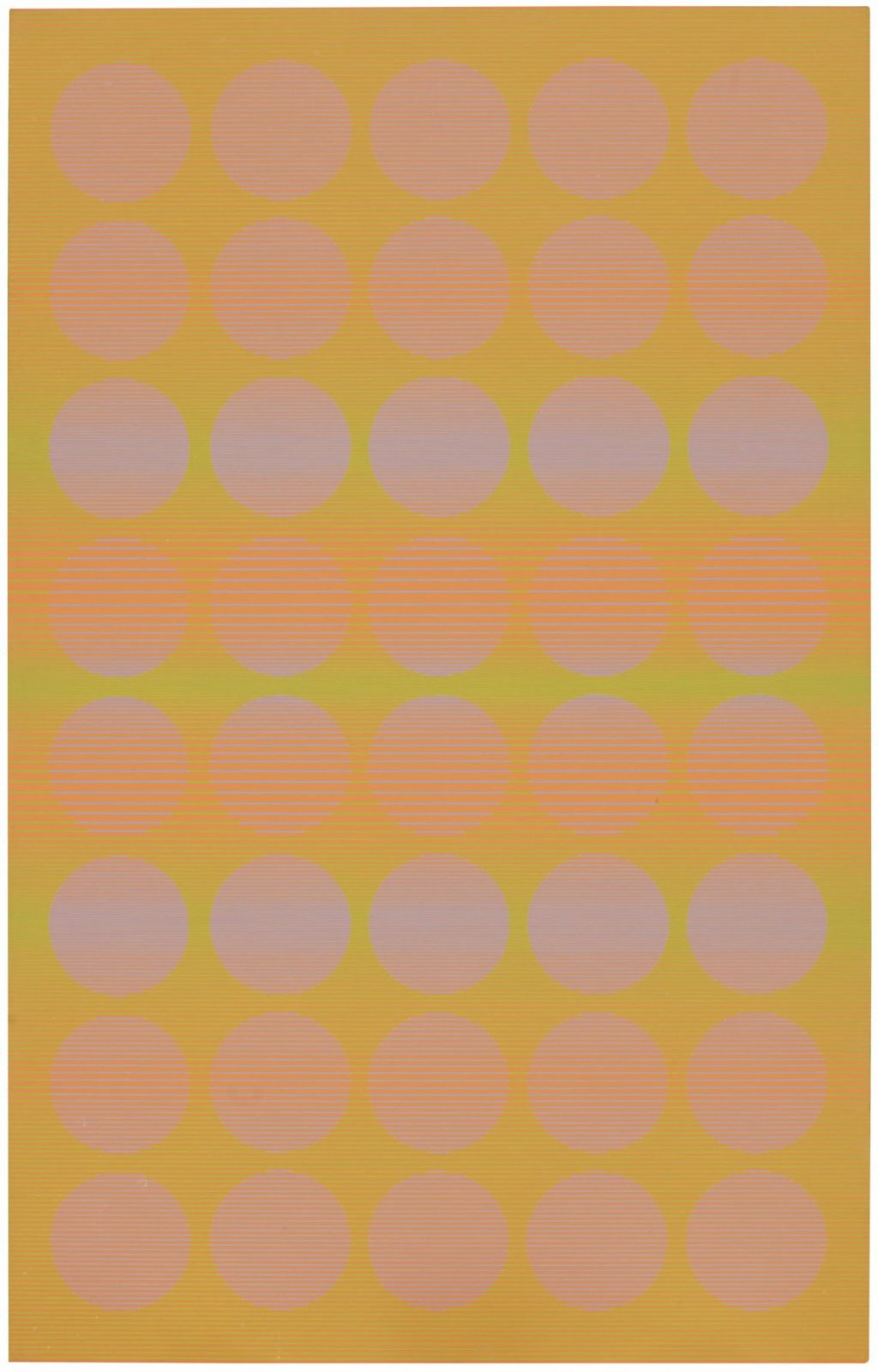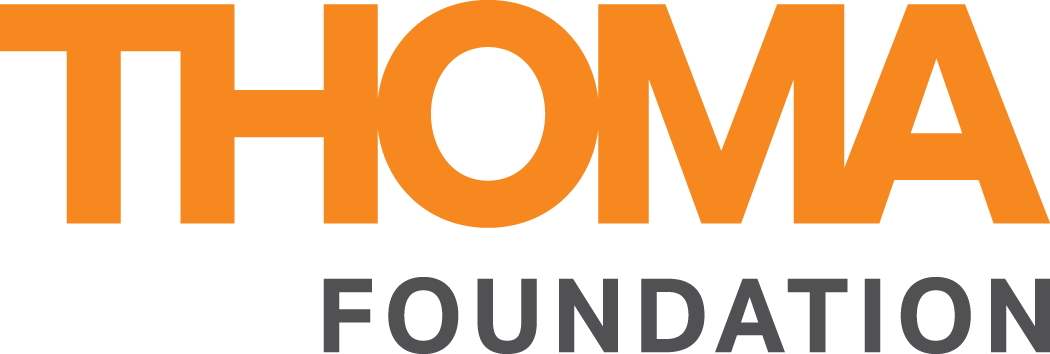
Artist Highlight: Julian Stanczak
| May 7, 2020 | |
| Post-War Painting & Sculpture |
“What we remember primordially, we remember through shapes. Darkness and lightness in their simplest forms describe and sculpt the environment for us.” – artist Julian Stanczak, in a 2012 interview with Geoform.
Julian Stanczak (1928–2017) was born in Borownica, Poland and grew up intensely fascinated by the natural order of the world around him. WWII saw Borownica invaded by German soldiers, and from 1940–42 Stanczak and his family were forced into a concentration camp in Siberia. There, the artist suffered great abuse which resulted in the permanent loss of usage of his right arm.
His family escaped the camp and split up, later reuniting in Tehran and settling in a Polish refugee camp in Masindi, Uganda. Though born right-handed, Stanczak developed the ability to draw with his left hand and began to paint while living in Masindi. The artist explained: “I always had to test myself—how to survive without a right arm! As such, drawing was a test for survival.” After a brief period living in England, Stanczak moved to the US where he would go on to earn a fine arts degree from the Cleveland Institute of Art. Stanczak’s 1964 exhibition at Martha Jackson Gallery in NY titled Julian Stanczak: Optical Paintings resulted in the term ‘Op Art’ being widely used to describe the movement with which he was involved.
In his 2012 interview with Geoform, Stanczak went on to say: “So we reach for primordial visual clues that offer a sign or symbol—the way we read Nature. This grouping of actions has to work hand in hand with the colorants—like distant music, they have to be brought together on the canvas. So line looks for line for the sake of repetition, for rhythm, which also confers a temporal aspect to the viewing experience. During all of this, I hold onto the concept of the totality, and aim to make the painting correspond to it.”
You can read Stanczak’s interview with Geoform here.
